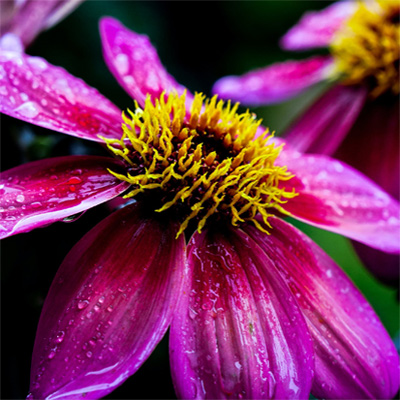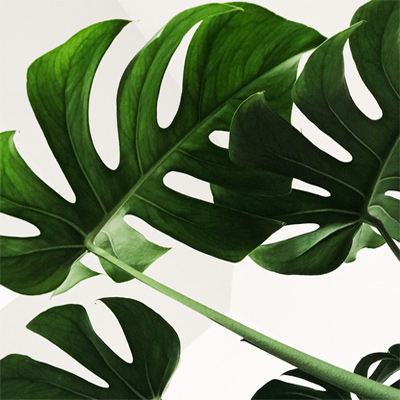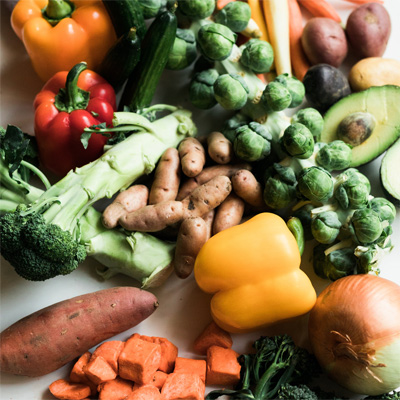
Perennials
Perennial plants are those that live for more than two years. Once planted, perennials return year after year, growing and blooming during their respective seasons. They often die back in the winter but re-emerge from their roots or base in the following growing season.
Benefits for Growers: 🌱
- Low Maintenance & Longevity: Established perennials need less replanting, saving growers time and effort yearly.
- Cost-Effective Long-Term: Although initially pricier, they offer higher value by persisting, reducing replacement costs.
- Continuous Bloom: Varying blooming periods provide ongoing colors and textures from spring to winter.
- Erosion Control & Soil Health: Robust root systems prevent erosion and enhance soil quality over time.
- Wildlife Attraction: Perennials invite beneficial insects and birds, supporting local biodiversity.
- Adaptability to Climates: Suited for various environments and soil types, offering versatile options.
- Design Flexibility: Allows for diverse and visually appealing landscaping with varied textures and colors.




